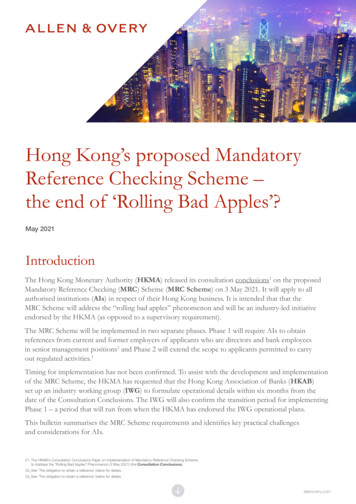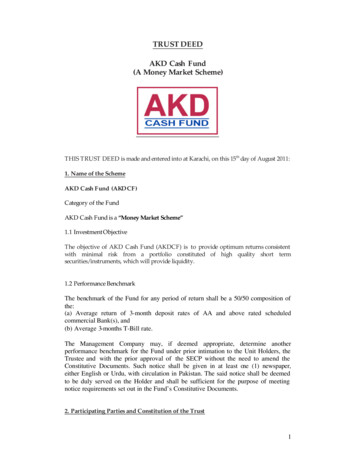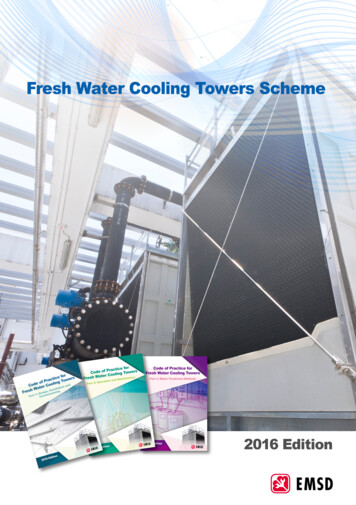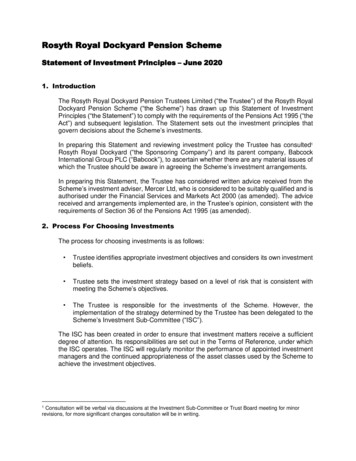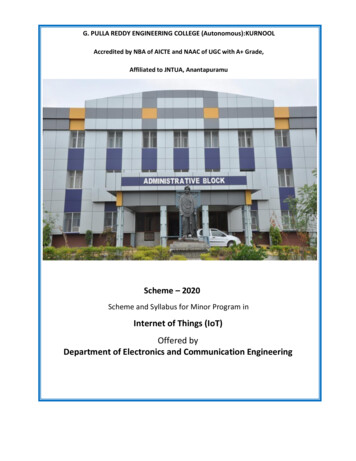
Transcription
G. PULLA REDDY ENGINEERING COLLEGE (Autonomous):KURNOOLAccredited by NBA of AICTE and NAAC of UGC with A Grade,Affiliated to JNTUA, AnantapuramuScheme – 2020Scheme and Syllabus for Minor Program inInternet of Things (IoT)Offered byDepartment of Electronics and Communication Engineering
G.PULLA REDDY ENGINEERING COLLEGE (AUTONOMOUS): KURNOOLDEPARTMENT OF ELECTRONICS AND COMMUNICATION ENGINEERINGMINOR DEGREE IN INTERNET OF THINGS (IOT)Scheme of Instruction and Examination(Effective from MIT034VIIMIT04CourseTitleIntroductionto Internet rammingwith ArduinoandRaspberry-PiIndustrialInternet ofThingsScheme ofInstructionperiods/weekScheme of ExaminationMaximum MarksCreditsEnd ExamInternalTotalAssessment Assessment 5MOOCS-12001006MOOCS-2 /Mini Project200100TotalMOOCs-1MOOCs-2201. Introduction to IoT and Embedded SystemsCourse web link: https://www.coursera.org/learn/iot2. Sensors and ActuatorsCourse web link: https://nptel.ac.in/courses/108/108/1081081471. Design of Internet of ThingsCourse web link: https://onlinecourses.nptel.ac.in/noc21 ee85/2.Components and Applications of Internet of ThingsCourse web link: https://onlinecourses.swayam2.ac.in/arp20 ap03/preview
INTRODUCTION TO INTERNET OF THINGS (IIOT)Course CodeCategoryMIT 01PCCHours/WeekLT/PCreditsCScheme: 2020Maximum MarksContinuousInternalEnd essional Exam Duration: 1½Hrs0Course Outcomes: At the end of the course The students will be able to- its hardware and software componentsCO1: Understand Internet of things andCO2:Interface I/O devices, Sensors & communication modulesCO3:Remotely monitor data and control devicesCO4: Develop real life IoT based projectsUNIT-IIntroduction to IoT: Architectural overview, Design principles and needed capabilities, IoTApplications, Sensing, Actuation, Basics of Networking, M2M and IoT TechnologyFundamentals-Devices and gateways, Data management, Business processes in IoT, Role ofcloud in IoTUNIT– IIElements of IoT:Hardware components – computing (Arduino, Raspberry Pi), communication,Sensing, Actuation, I/O interfaces Software Components- Programming APIs (Usingpython/Arduino) for communication protocols-MQTT, Zigbee, Bluetooth, CoAP, UDP, TCP.UNIT– IIISensing and Actuation: Definition of Sensor, Sensor features, Resolution, Classes, Differenttypes of sensors, Actuator, Different types of Actuators, purpose of Sensors and Actuators in IoTUNIT– IVIoT Application Development: Solution frame work for IoT Applications-Implementation ofDevice integration, Data acquisition and Integration, Device data storage on cloud/local server,Authentication, authorization of DevicesUNIT– VIoT Case Studies: IoT Case studies and mini projects based on industrial Automation,Transportation, Agriculture, Healthcare, Home AutomationText Books :1. Vijay Madisetti, Arshdeep Bahga, Internet of Things, “ A hands on Approach”,University PressReference Books :1. Dr SRN Reddy, Rachit Thukral and Manasi Mishra ,” Introduction to Internet ofThings”: A practical Approach” ETI Labs2. Raj Kamal , “ Internet of Things: Architecture and Design”, McGraw Hill
Question Paper Pattern:Sessional Exam: The question paper for sessional examination shall be for 25 marks, coveringhalf of the syllabus for first sessional and remaining half for second sessional exam. Thequestion paper shall consist of three sections with Two Questions (EITHER/ OR Type) in eachsection. The student shall answer one question from each section.End Examination: The question paper for End examination shall be for 60 marks. TheQuestion paper shall contain Five Units with Two Questions (Either or Type) from each unit.Each of these questions may contain sub questions and the student should answer any onequestion from each unit. Each Question carries 12 marks.Internal Assessment:40MEnd Exam:60M
IOT ARCHITECTURES AND PROTOCOLS (IAP)Course CodeMIT 02CategoryPCCHours/WeekLT/P40CreditsC4Scheme: 2020Maximum MarksContinuousEnd ExamInternalTOTALAssessment4060100End Exam Duration:3 HrsSessional Exam Duration: 1½HrsCourse Outcomes: At the end of the course Students will be able toCO1: Understand Basics of IoT Architectures.CO2: Understand IoT ProtocolsCO3: Understand Programming the IoT applications using Microcontrollers.CO4: Interpret IoT Technologies in real world design.CO5: Analyse IoT security layer protocols and securityUNIT– IIoT-An Architectural Overview– Building an architecture, Main design principles and neededcapabilities, An IoT architecture outline, standards considerations. M2M and IoT TechnologyUNIT– IIIoT Architecture-State of the Art – Introduction, State of the art, Reference Model andarchitecture, IoT reference Model - IoT Reference Architecture Introduction, Functional View,Information View, Deployment and Operational View, Other Relevant architectural views.UNIT– IIIReal-World Design: Constraints- Introduction, Technical Design constraints Data management,Business processes in IoT,Bluetooth Low Energy, Zigbee Smart Energy, Wireless HARTUNIT– IVTransport & Session Layer Protocols: Transport Layer (TCP, MPTCP, UDP, DCCP, SCTP)(TLS, DTLS) – Session Layer-HTTP.UNIT– VService Layer Protocols & Security: Service Layer -oneM2M, ETSI M2M, OMA, BBF –Security in IoT Protocols – MAC 802.15.4Text Books :1. Jan Holler, From Machine-to-Machine to the Internet of Things: Introduction to a New Ageof Intelligence”, 1 st Edition, Academic Press, 2014.Reference Books :1. Peter Waher “Learning of Internet of Things”,Packt Publications,2006.
Question Paper Pattern:Sessional Exam: The question paper for sessional examination shall be for 25 marks, coveringhalf of the syllabus for first sessional and remaining half for second sessional exam. Thequestion paper shall consist of three sections with Two Questions (EITHER/ OR Type) in eachsection. The student shall answer one question from each section.End Examination: The question paper for End examination shall be for 60 marks. TheQuestion paper shall contain Five Units with Two Questions (Either or Type) from each unit.Each of these questions may contain sub questions and the student should answer any onequestion from each unit. Each Question carries 12 marks.Internal Assessment:40MEnd Exam:60M
PROGRAMMING WITH ARDUINO AND RASPBERRY -PI (PAR)Scheme: 2020Course CodeCategoryMIT 03PCCHours/WeekLT/PCreditsCMaximum MarksContinuousEnd ExamInternalAssessmentTOTAL3244060100End Exam Duration:3 HrsSessional Exam Duration: 1½HrsCourse Outcomes: At the end of the course Students will be able toCO1: Understand Programming Loop Statements and Functions.CO2: Understand different Algorithms and Data Structures using PythonCO3: Interpret the shell programming concept in Raspberry PiCO4: Apply programming knowledge to various applications using Raspberry piCO5: Understand Shell programming and programming for various case studiesUNIT– IPython Programming -I: Installation of python , Numbers and Math in python, Variables andInputs, built –in modules ,functions, strings, python lists, python slicing, Save and run pythonfilesUNIT– IIPython Programming –II : If-else, python elif and nested if , comparison operators and logicaloperators, while loops and for loop, functions, default parameters and multiple parameters,classes, class constructors and destructors, subclasses, super classes and inheritance.UNIT– IIIRaspberry Pi –I :Linux basics, Linux File system, Navigating the File system, Text Editors,Accessing Files, Permissions , Processes, Linux Graphic user Interface , Raspberry Pi Processor,Raspberry Pi Vs Arduino, Operating system benefits, Raspberry Pi Set up, Configuration.UNIT– IVRaspberry-Pi -II: General Purpose IO Pins, Protocol pins, GPIO Access, Pulse widthModulation, Demo of a Blink, Graphic User Interface, Tkinter Library and Interaction.UNIT– VShell Programming Connecting Raspberry-Pi to Internet: Accessing resources of Raspberry–Pi using shell, GPIO programming over shell, webcam accessing using shell, installing serveron Raspberry –Pi, sending email through programming, Simple Camera Accessing over InternetTextBooks :1. Martin C Brown “The Complete Reference Python Programming”, 1st Edition, McGrawHill, 2001.Reference Books :1.Alex Martelli, “ Python in a Nutshell”, 2nd Edition, Shroff Publishers & Distributors,2006
Question Paper Pattern:Sessional Exam: The question paper for sessional examination shall be for 25 marks, coveringhalf of the syllabus for sessional and remaining half for second sessional exam. The questionpaper shall consist of three sections with Two Questions (EITHER/ OR Type) in each section.The student shall answer one question from each section.End Examination: The question paper for End examination shall be for 60 marks. TheQuestion paper shall contain Five Units with Two Questions (Either or Type) from each unit.Each of these questions may contain sub questions and the student should answer any onequestion from each unit. Each Question carries 12 marks.Internal Assessment:40MEnd Exam:60M
INDUSTRIAL INTERNET OF THINGS (IIT)Scheme: 2020Course CodeCategoryMIT 04PCCHours/WeekLT/PCreditsCMaximum MarksContinuousEnd on:3HrsSessional Exam Duration: 1½HrsCourse Outcomes: At the end of the course The students will be able toCO1: Understand Industrial Internet of things Business Model and ArchitectureCO2: Analyse the IIOT Sensing and IIOT ProcessingCO3: Understand IIOT Security and Fog ComputingCO4: Develop real life IIoT based ApplicationsCO5: Design and IIOT applicationsUNIT– IIIoT-Introduction: Industrial IoT: Business Model and Reference Architerture: IIoT-BusinessModels-Part I, Part II, IIoT Reference Architecture-Part I, Part II.UNIT– IIIndustrial IoT- Layers: IIoT Sensing-Part I, Part II, IIoT Processing-Part I, Part II, IIoTCommunication-Part I.UNIT– IIIIndustrial IoT- Layers: IIoT Communication, IIoT Networking-Part I, Part II, Part III.UNIT– IVIndustrial IoT: Security and Fog Computing - Fog Computing in IIoT, Security in IIoT-Part I,Part II, Industrial IoT- Application Domains.UNIT– VIndustrial IoT- Application Domains: Healthcare, Power Plants, Inventory Management &Quality Control, Plant Safety and Security (Including AR and VR safety applications), FacilityManagement.TextBooks:1. Giacomo Veneri Antonio Capasso, “Hands-On Industrial Internet of Things”, PacktrPublications, January 2018.1.ReferenceBooks :1. Alasdair Gilchrist “Industry 4.0: The Industrial Internet of Things”, Apress Publications,January 2017
Question Paper Pattern:Sessional Exam: The question paper for sessional examination shall be for 25 marks, coveringhalf of the syllabus for sessional and remaining half for second sessional exam. The questionpaper shall consist of three sections with Two Questions (EITHER/ OR Type) in each section.The student shall answer one question from each section.End Examination: The question paper for End examination shall be for 60 marks. TheQuestion paper shall contain Five Units with Two Questions (Either or Type) from each unit.Each of these questions may contain sub questions and the student should answer any onequestion from each unit. Each Question carries 12 marks.Internal Assessment:40MEnd Exam:60M
Python Programming -I: Installation of python , Numbers and Math in python, Variables and Inputs, built -in modules ,functions, strings, python lists, python slicing, Save and run python . 1.Alex Martelli, " Python in a Nutshell", 2nd Edition, Shroff Publishers & Distributors,2006 . Question Paper Pattern:
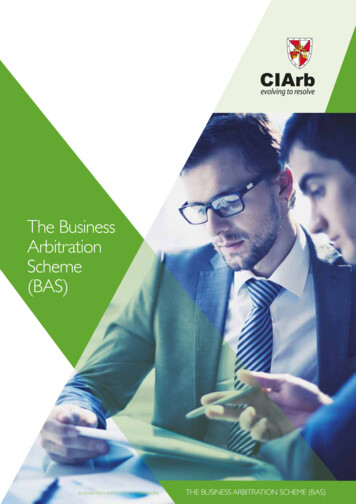
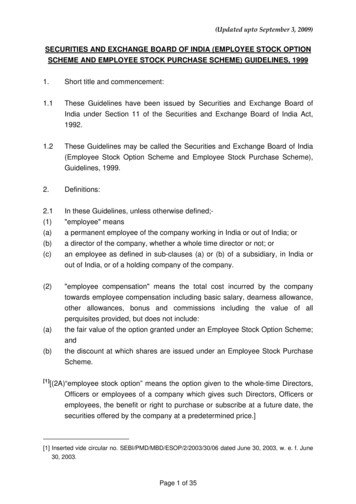
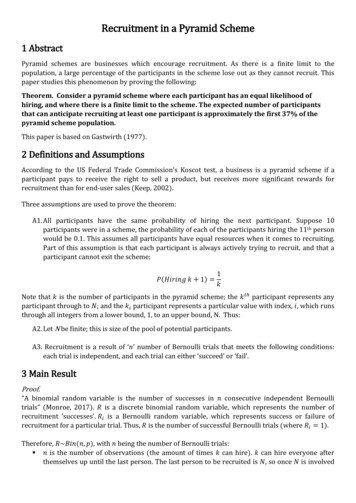
![[Title to come] DSP Dynamic Asset Allocation Fund](/img/24/dsp-dynamic-asset-allocation-fund.jpg)
